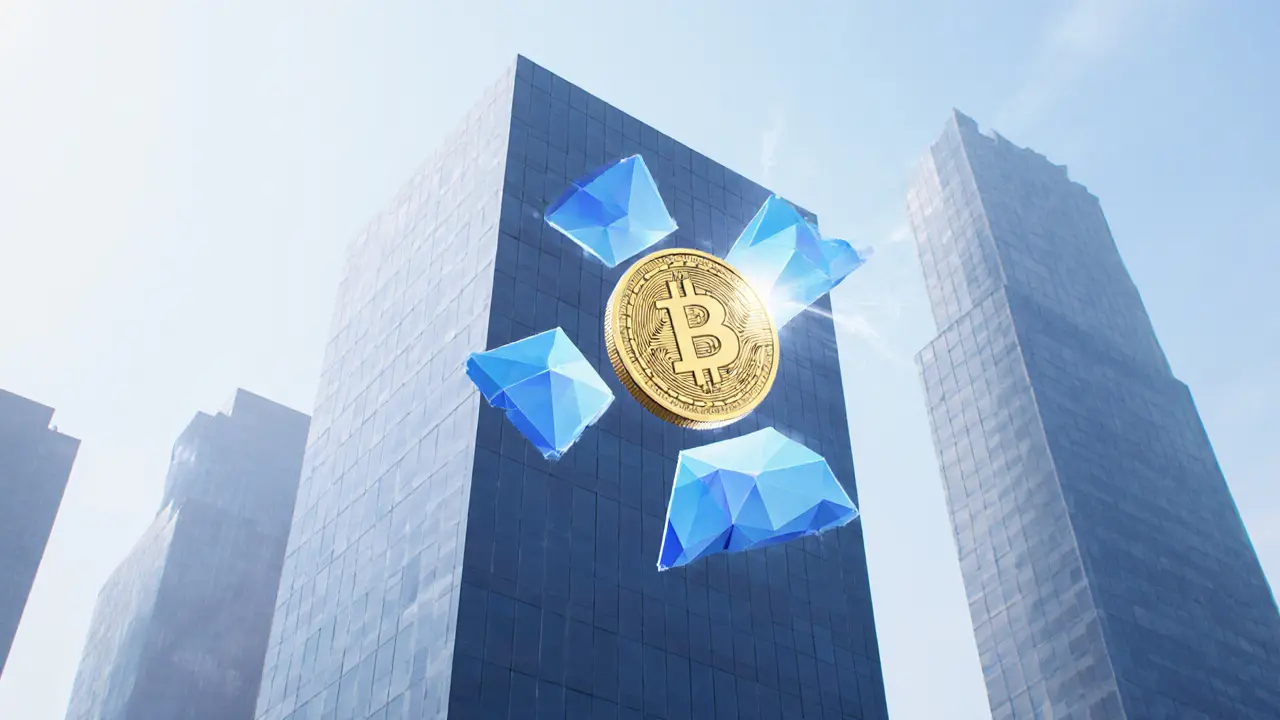Real Estate Tokenization Explained
When working with Real Estate Tokenization, the process of turning property rights into digital tokens on a blockchain. Also known as property tokenization, it lets investors buy small slices of a building instead of the whole thing. Real estate tokenization is reshaping how we think about property assets. It encompasses fractional ownership, faster settlement, and global accessibility. The core idea is simple: represent a share of a real‑world asset as a cryptographic token, then let that token move freely on a public network. This means anyone with an internet connection can own a piece of a skyscraper, a rental home, or a commercial lot, without the usual paperwork or high entry cost. The moment you hear the term, think of “digital deeds” that can be bought, sold, or traded just like a crypto coin.
Key Technologies Behind Tokenized Property
The engine that makes this possible is blockchain, a distributed ledger that records token transactions securely and transparently. Real estate tokenization requires blockchain to guarantee that each token truly represents a legal claim on the underlying asset. On top of the ledger, smart contracts, self‑executing code that enforces the rules of an agreement automate everything from dividend payouts to ownership transfers, removing the need for middlemen. NFTs, non‑fungible tokens that can encode unique property rights add another layer by allowing each token to carry metadata about location, zoning, or lease terms, turning a plain token into a full‑featured property certificate. Together, these tools create a stack where real estate tokenization requires blockchain, leverages smart contracts for compliance, and can use NFTs to capture unique features.
What does this mean for you? First, you get access to markets that were previously out of reach – a retail investor can now own a 0.1% stake in a downtown office building. Second, liquidity improves: tokens can be swapped on decentralized exchanges or listed on specialized platforms, cutting holding periods from years to days. Third, transparency rises because every transaction is visible on the public ledger, reducing fraud risk. Our collection below dives into concrete examples, from how peer‑to‑peer crypto coins work to the role of NFTs in content ownership, and even the regulatory landscape shaping tokenized assets. Explore the articles to see how the technology, the legal framework, and real‑world use cases intersect, and get a practical sense of where the market is heading.

Learn how blockchain turns physical property into fractional tokens, the step‑by‑step process, benefits, risks, market trends, and a practical checklist for investors and issuers.
- Read More
